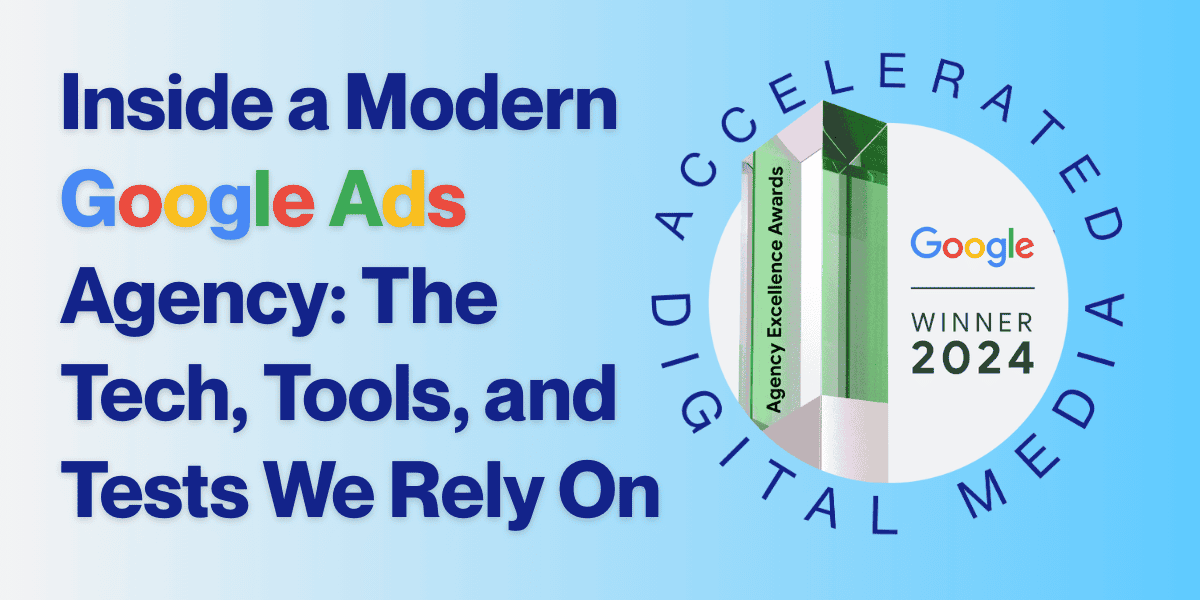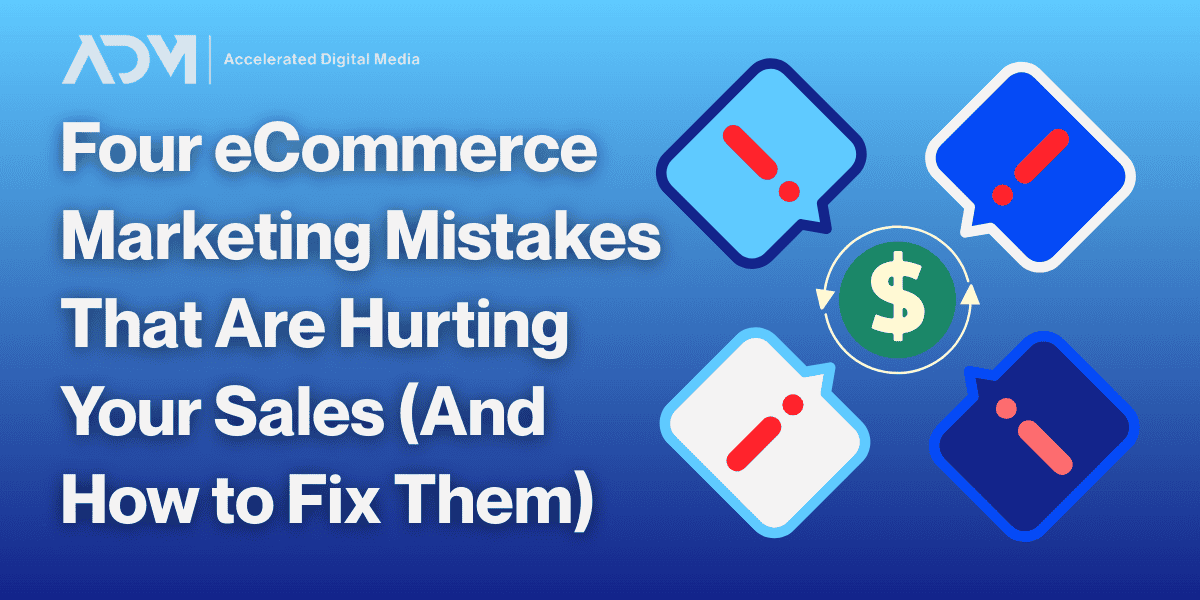New machine learning-based campaigns types continue to reshape digital marketing. These technologies often deliver extremely impressive results, especially compared to older, more manually-intensive campaign styles.
But with those advantages also comes a challenge for advertisers: These campaigns can often be a black box, giving little insight into what makes them so successful.
Performance Max campaigns are a prime example. They can deliver ads in multiple formats across all channels in the Google advertising ecosystem, like search, YouTube, display, and others. Google’s machine learning delivers different ads to audiences predicted to convert with limited advertiser input.
We pride ourselves on quickly mastering and deploying new campaign tools to give our clients a competitive advantage—and our early mastery of Performance Max even earned us a shoutout from Google. But we’re equally committed to getting the most complete data in order to continually improve client accounts.
Our innovative efforts to get deeper insights from Performance Max campaigns earned us further honors. This summer, ADM was shortlisted for the 2023 U.S. Search Awards in the Best Use of Search – Fashion category. Here’s how we did it.
Looking Beyond the Performance Max “Black Box”
One of our clients, johnnie-O, sells high-quality, premium menswear. In late 2022, their goal was to increase revenue by at least 10% year over year, relying primarily on new customers to do so.
Performance Max campaigns had already shown incredible efficacy for countless eCommerce brands since their launch a year prior. To exceed johnnie-O’s revenue goals, however, we wanted to get the absolute most out of those campaigns, meaning we wanted to know more about the factors influencing their success.
Our effort revolved around duplication and third-party scripts. We worked to replicate each campaign in a way that isolated specific types of Audience Signals to evaluate their impact, with all other elements in the original campaign remaining the same. This allowed us to estimate the influence each signal had on campaign performance.
We also used a third-party script to get a granular view of how much johnnie-O’s PMax campaigns were spending on each different ad format. That way, we could see which content types and styles delivered the best results so we could split them out into their own campaigns to avoid having them cannibalize budget.
In just the first few months, revenue from PMax rose by 84%. Account-wide, non-Search return on ad spend (ROAS) grew by 64% year-over-year. Read the full case study here.
Performance Max Insights Are Essential For Continued Improvement
These newer, smarter campaign types will continue to heighten competition in advertising. In a sense, they democratize digital marketing by creating campaigns that deliver efficacy and accuracy that once would have taken countless hours of expert building and optimization.
As these campaigns become more ubiquitous, however, their advantages will likely diminish. To make sure our clients always outpace their goals and competition, ADM knows that these new tools should be treated as challenges rather than cheat codes. The more direct insights we can derive from them, the better equipped we will be to avoid stagnation and diminishing returns.
If we know what audience signals and formats drive the most engagement, we can also apply those learnings to other Google Ads campaigns—or even other marketing channels entirely, like Social and Programmatic.
Our shortlisting for the U.S. Search Awards is both an honor and vindication for our approach. ADM is proud to be in the company of the other agencies on the shortlist, and we’re excited to find out who wins later this year. You can view the full shortlist here.



